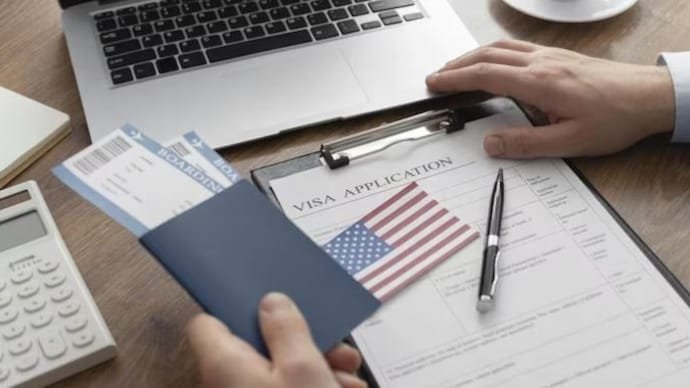In an unprecedented move, the Biden administration has successfully wrapped up a trial run of its “paperless visas” initiative, ushering in a potential shift away from the traditional practice of stamping or attaching visas to passport pages.
This innovative experiment, recently trialed at the US diplomatic mission in Dublin, aims to bring a modern touch to the visa application process, minimizing the reliance on physical paperwork. Julie Stufft, Deputy Assistant Secretary of State for Visa Services, spilled the details during a media round table organized by the Foreign Press Centre.
Understanding the Innovation: Paperless Visas
A paperless visa is essentially a digital visa securely stored in a government database, doing away with the need for a physical stamp in the passport. This forward-looking method has the power to transform how we verify visa statuses, all while maintaining the existing visa application process.
READ MORE: Henry Kissinger, US diplomat, war-architect dies at 100
Benefits of Going Paperless
The advantages for both visa applicants and the US government are numerous, including:
– Faster processing times and reduced costs
– No need to send passports to the US embassy or consulate
– Lower risk of lost or damaged passports
– Streamlined verification of visa status
Rollout Timeline
While the successful trial in Dublin marks a significant step forward, Stufft made it clear that the widespread adoption of paperless visas isn’t happening overnight. The Biden administration envisions an implementation timeline of around 18 months or longer before this innovative system becomes standard practice.
Not to be Confused: Paperless Visas vs. E-Visas
Crucially, it’s important to distinguish the US paperless visa system from e-visas issued by other countries. Unlike e-visas, the US process maintains the necessity for interviews and follows the same application procedures until the point where the physical visa would traditionally be issued.


